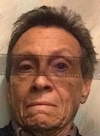 [Charles Herrick’s account of Robert Capa’s short but eventful trip from Omaha Beach back to the USS Samuel Chase on the morning of D-Day corrects multiple errors and outright falsehoods in both versions of Capa’s own fabulation and subsequent derivative variants by others, concentrating on the military aspects and the logistical issues thereof.
[Charles Herrick’s account of Robert Capa’s short but eventful trip from Omaha Beach back to the USS Samuel Chase on the morning of D-Day corrects multiple errors and outright falsehoods in both versions of Capa’s own fabulation and subsequent derivative variants by others, concentrating on the military aspects and the logistical issues thereof.
Because Capa’s film and cameras appear in Capa’s narratives, and the several corroborating accounts by LCI(L)-94 crewmen, they necessarily appear in Herrick’s analysis. But they are not central to any of those narratives. So here is an overview re matters photographic and photojournalistic as they appear therein.
Much of this we have established in previous posts, to which I have linked for anyone who wants more specifics and sources. Part 2 of this post appears below; click here for Part 1. — A.D.C.]
•
From Omaha Beach to the USS Samuel Chase:
Robert Capa on LCI(L)-94 (b)
… Since he had exposed only one full roll of film in one of his Contaxes, and had another Contax loaded with fresh film at his disposal, Capa would not have tried to unload and reload his first Contax while on the beach. Its image contents were too precious; he had to protect that roll of Kodak 36-exposure 35mm Super-XX film at all costs, because his entire LIFE assignment hinged on it.
His situation on the beach before boarding LCI(L)-94 — enemy fire, waves, spray, sand, etc. — and the height of the incoming tide through which he’d have to wade in order to board LCI(L)-94 instead make it likely that Capa took the time to seal his favorite Contax with its roll of exposed film back up in an oilskin pouch before setting out for the ship. That’s not impossible, since he had the cover of Armored Assault Vehicle 10 behind which to do so. Regardless of that, he had to hold his equipment above his head in the surf, and therefore had reason to concern himself about his equipment and film getting wet in the process, and to see to that as quickly as possible once aboard.
Since (a) Capa made no subsequent mention of any damage to his cameras and films, as he surely would have done to add to his dramatic rendering of his adventure, and (b) he returned immediately to the front after dropping off his D-Day films on the English coast, continuing his coverage of the invasion with that same equipment, we can safely assume that neither his cameras nor his films sustained any water damage.
Capa would have determined that quickly once he reached the warmth of LCI(L)-94‘s engine room. He would also, as a matter of professional habit, have removed the exposed roll of Super-XX from his Contax, placed it in his protective oilskin pouch with his other films, and reloaded that Contax. His second Contax and the Rolleiflex were still loaded with fresh films; once satisfied that neither had sustained any water damage, he would have had no need to reload them. His claim on his caption sheet for Contax 35mm Roll 2, exposed during the crossing, that “Film like everything got wett [sic] by landing” is clearly fiction.
•
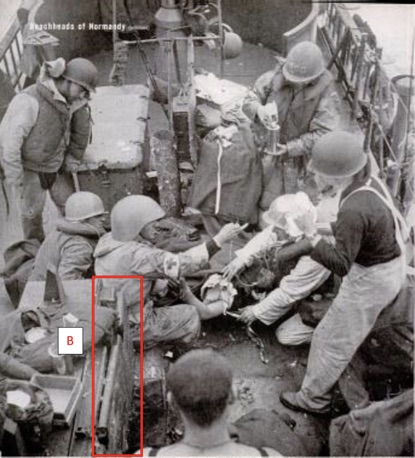
Robert Capa, LCI(L)-94, D-Day. The crew struggles to save the life of Seaman 1st Class Jack DeNunzio. This photo was published in the June 19, 1944 edition of LIFE.
Since the light was now good and he was away from the fast action of the combat zone, he took out his Rolleiflex to use for the trip back to the Chase. (His editors preferred the larger negatives, reproductions from which showed less grain.) From the surviving 2-1/4″ negatives we know that he exposed at least one 12-exposure roll of Plus-X, making images of the departure from the beach and the medical attention to the wounded. However, he might well have exposed one or more additional rolls of 120mm film.
Unlike 35mm film, 120mm film does not incorporate frame numbers in the border, so we cannot determine whether the surviving 120mm exposures represent one roll or several. Because we do not have even a dozen Rolleiflex negatives from this series, it is clear that some got censored by the Ministry of Information (MoI). It is therefore not logical to assume that the surviving 120mm negatives of Easy Red from a distance or the scenes aboard LCI(L)-94 represent the only exposures Capa made during his ride back to the Chase. On the contrary, it is more reasonable to assume that he took the opportunity to flesh out his D-Day coverage for his LIFE assignment with images of the immediate, compelling drama on board: the shell damage to the ship, the attention to the wounded and dead, the efforts to repair the ramp, etc.
For another example, we know from one of Ruley’s film clips that, somewhere along the way, Capa transferred from LCI(L)-94 to an LCVP prior to boarding the Chase. We see him in that LCVP, camera at the ready, as a wounded sailor is offloaded from LCI(L)-94. Surely he photographed that scene before lending a hand — yet we have just one image by him of that situation.
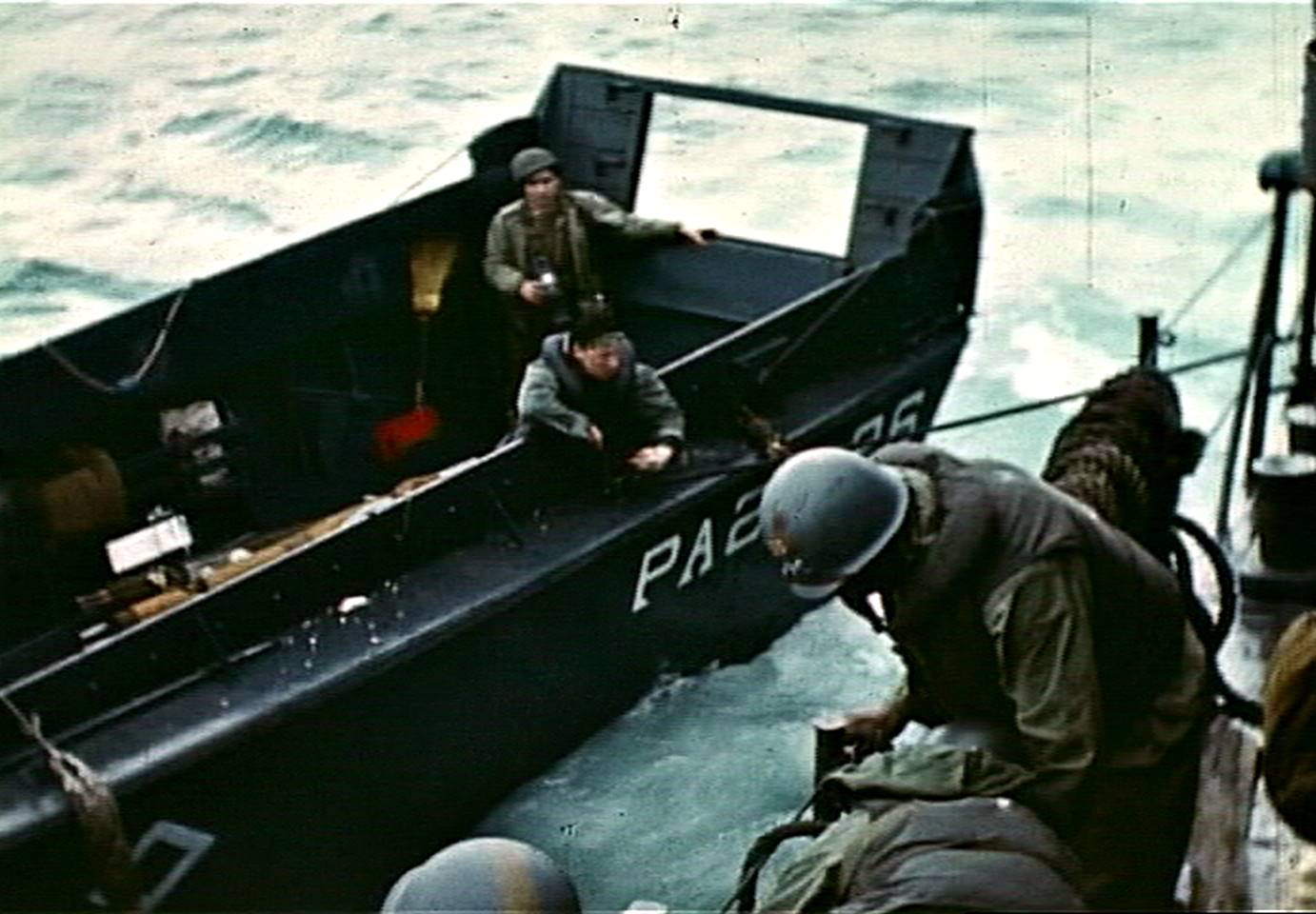
Robert Capa, center rear, aboard LCVP from USS Samuel Chase, photographing transfer of casualty, D-Day, frame from film by David T. Ruley
•
Just as surely, Capa continued to photograph once back aboard the Chase. We have several images by him made leaning over the side of the Chase to depict the damage to LCI(L)-85, and another (this one included in the LIFE issue) showing medics topside tending to casualties. Capa had the run of the ship, which was full of troops who — whether wounded or uninjured but exhausted — had just had a glimpse of hell. The human face of war … this was always his truest subject. Unimaginable that, surrounded by people in crisis, he did not take the opportunity to record the price they’d paid for the beachhead he’d just left, as the last chapter of his assignment.
Clearly, for whatever reasons, the MoI censored heavily all of Capa’s films — not just the 35mm roll from the morning of June 6, but his 2-1/4 exposures from his return aboard LCI(L)-94, and his images made aboard the Chase both outbound and inbound. So we don’t know how many photos he made of the departure from Easy Red, the medics handling the wounded, the shuttling of the stretcher to the Chase, events and scenes aboard the Chase, etc. In which case “only surviving” would be be more accurate than “only” in describing those images.
•
As a reminder: Supreme Headquarters Allied Expeditionary Forces (SHAEF), was running a complex disinformation campaign dubbed Operation Fortitude South, intended to convince the German high command in Berlin that the assault on the Normandy coast was merely a feint, with the full invasion to come later at Calais. They considered it vital to the mission’s success to maintain this illusion at least until the Allied forces had secured the Normandy beachhead, established their supply lines, and begun their move inland — a matter of days.
For that purpose, SHAEF charged its Ministry of Information with holding back any written reports, photographs, or films that would give away the full scale of Operation Overlord. That would include any images that showed, or even suggested, the size of the armada — the very sort of images that Capa most likely made with the first two-thirds of his one D-Day Contax roll, and with other images he made while leaving Omaha Beach as well as crossing the English Channel in both directions.
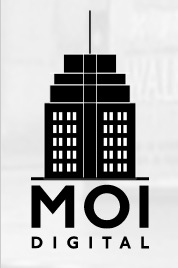 Because Fortitude South was — and had to remain — top secret, the press couldn’t know anything about it. Circulating to journalists and photojournalists a list of taboo subjects prior to the invasion would only serve to tip off the Germans that something big was cooking. That the MoI censors had such lists, and operated according to them, goes without saying.
Because Fortitude South was — and had to remain — top secret, the press couldn’t know anything about it. Circulating to journalists and photojournalists a list of taboo subjects prior to the invasion would only serve to tip off the Germans that something big was cooking. That the MoI censors had such lists, and operated according to them, goes without saying.
Images like Capa’s showing the actual arrival of troops on Easy Red — seen in small clusters, seemingly disorganized, floundering and certainly not triumphant — posed no problem in the censors’ eyes. Nor did a handful of images showing individuals wounded or even dead. Indeed, they furthered the fictional narrative of a minor, failed feint.
Here, however, the MoI had to walk a fine line; too much imagery of the wounded and dead could have a demoralizing effect not only on military personnel but on the general public, potentially weakening support for the war effort. So all of that required careful backstage calibration. In the event, this too proved successful.
Barring the discovery of documents containing the MoI’s censorial protocols, we can only guess at the underpinnings of their case-by-case decisions. And unless we uncover and delve into some vast, heretofore hidden MoI repository of the materials that the MoI in London censored during World War II, we will never know exactly what got left on the cutting-room floor — nor, specifically, what unseen images of Capa’s got scissored out of the rolls and sheets of film he turned in for his D-Day assignment.
Now, however, at long last we know what really happened to his missing images: they met a fate perhaps less cinematic than the one he concocted for the movie version of his life, but no less decisive.
•
Capa Leaves England for the Invasion
In estimating Capa’s total output for his D-Day assignment for LIFE magazine, I have taken into account the actual time he spent on various vessels and on Omaha Beach itself. In that process I realized that I didn’t have a clear idea of the exact date on which he boarded the USS Samuel Chase in Weymouth. That in turn would indicate how much time he had on the Chase to generate his coverage of the channel crossing.
Charles Herrick’s analyses have involved deciphering various relevant military documents, and factoring in accounts from several correspondents assigned, like Capa, to cover the invasion. Here’s his response to my query, from a June 11 email:
Of the six correspondents embedded with the 1st Infantry Division, four would cross the channel aboard the US Coast Guard attack transport USS Samuel Chase. These four included Capa, John MacVane (NBC), John Thompson (Chicago Tribune) and Don Whitehead (AP). They were taken to Blandford to link up with the division. Capa was then taken to Weymouth to photograph the embarkation of troops on 1 June, and MacVane made a similar trip to make sound recording of troops and officers, though MacVane did not specify the date on which he made his trip.
Capa’s photos show that he rode to the Chase on an LCVP and that he boarded at least long enough to take pictures from the deck of the Chase of LCVPs alongside. He may have remained aboard until the ship sailed for the invasion on 5 June, but we cannot be certain. Logically, he would have returned to Blandford as MacVane did after his trip to Weymouth. MacVane, however, said that he didn’t see Capa at Blandord again, and that the three remaining correspondents stayed there until they were taken to Weymouth to board the Chase on 3 June.
Capa’s photos do not clarify this matter. Pictures from two of his rolls (roll Contax 3, Troops sunning themselves on deck, and roll Rollei 1, Briefing of coxswains) show the censor’s stamps on the reverse with a 6 June release date. This indicates that these photos, taken aboard the Chase, were sent to London before the ship sailed on 5 June. Whether Capa boarded on the first or third of June, he would have had time to take the shots and dispatch the film to London before sailing.
Based on MacVane’s comments, I’ll assume Capa boarded on 1 June, although it hardly seems in keeping with his nature. After all, an early boarding meant Capa would have missed the rather memorable pre-departure party the other correspondents threw.
(See MacVane, John, On the Air in World War II (New York: William Morrow and Co., 1979. Chapter 22 has his invasion account.)
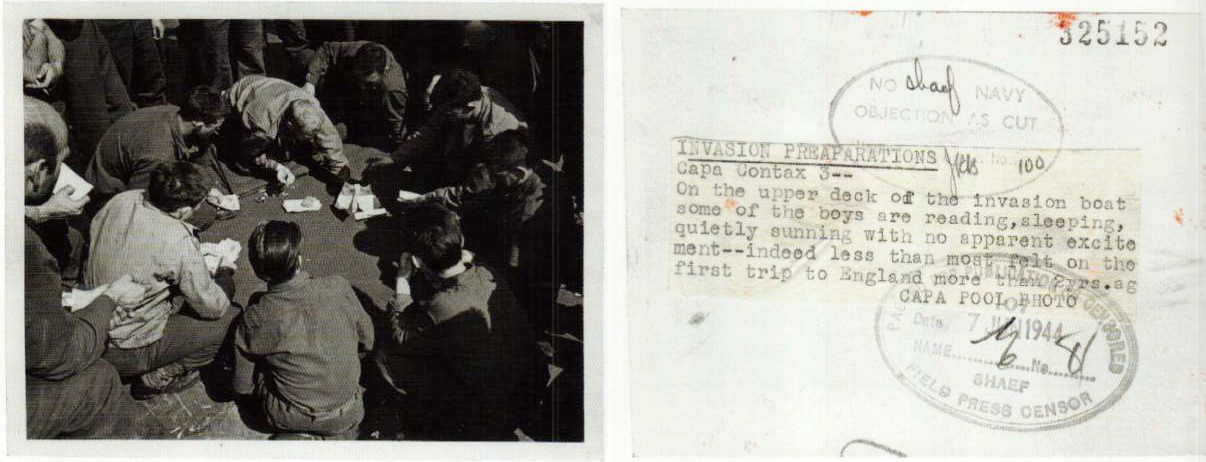
Robert Capa, Troops on board USS Samuel Chase, June 1944, From Richard Whelan, This Is War (2007), figs. 283-284.
•
If Capa indeed boarded the Chase on June 1 — sometime that morning, let’s say — that would have given him four full “available light” days for his pre-landing reportage. Even if he attended the farewell bash before his final boarding on June 3, he would have had two such days for that chapter of his report. (Capa worked without flash, which limited his efforts to daylight situations and well-lit interiors.)
•
These were essentially stock shots, generic filler material — the making of which demanded little thought and effort. Nonetheless, Capa took that part of his assignment seriously. His editors in New York expected such images, which would provide context for his images of the battlefield and the aftermath, and Capa obliged. He could easily have done so in a single day, certainly in two. So I find it improbable that Capa, famously a party animal, skipped a big press corps bash in order to relax on shipboard. I therefore opt for June 3 as his boarding date, placing his production of those images between June 3 and June 5.
Be that as it may, from the surviving images we know that Capa photographed a briefing for officers held in the ship’s gymnasium, where they could pore over a 3-D scale model of the Normandy coast. He also wandered the open deck, where he photographed some of the troops relaxing and sunning themselves — and where he ran into noir pulp-fiction writer Sam Fuller, an acquaintance from an earlier campaign. Presumably he made some pictures of the scene at Weymouth harbor, jam-packed with ships.
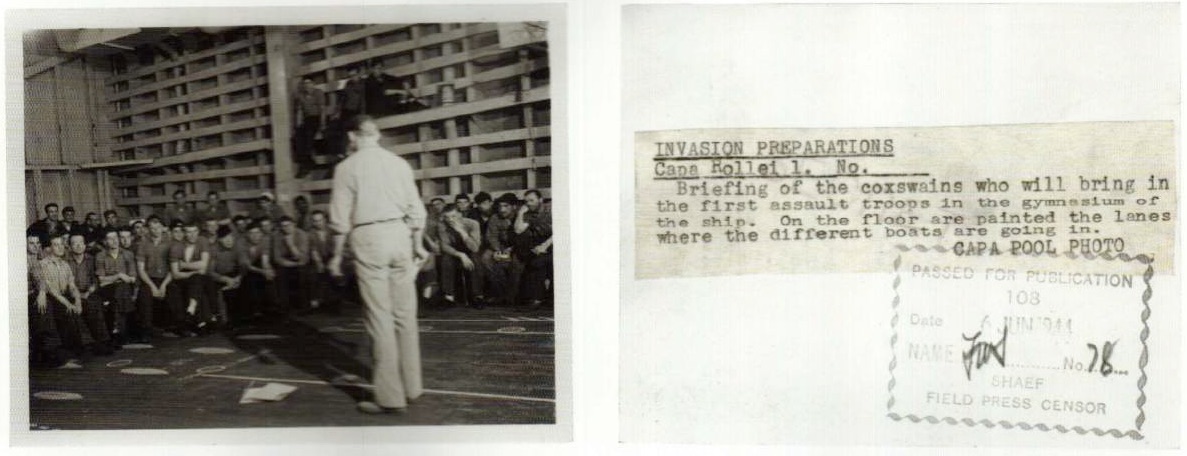
Robert Capa, Briefing on board USS Samuel Chase, June 1944, From Richard Whelan, This Is War (2007), figs. 273-274.
•
Once the convoy got underway the first time, on the 4th, for the landing planned initially for the morning of the 5th, Capa photographed the troops watching the English coast slip away. Presumably he made some pictures of the convoy surrounding them as they sailed into the channel, the small slice of that vast armada that they could see.
Inclement weather forced SHAEF to cancel that first foray. This gave Capa an extra day in which to make more pictures. But there weren’t really more pictures to make, in any meaningful sense — just more of the same: troops hanging out, the fleet around them, probably more briefings. He had already made enough such images to suffice for the story, had done so in a professional if perfunctory way, and was not one to waste film. Nothing to do now but wait, along with everyone else. Read a Simenon novel while lying on his bunk, drink coffee with a shot of cognac in it, hang with the brass or his press chums, play some poker.
What in all that Capa produced during those two days would the Ministry of Information consider sensitive enough to warrant censoring?
- Images showing the crowded harbor in Weymouth.
- Images showing the identifying markings of any of the ships, including the Chase.
- Images showing the insignias of any of the troops.
- Images of any vehicles under transport that would reveal the units to which they belonged.
- Images of the briefing and 3-D model that could reveal how much the Allies knew about the “Atlantic Wall” and where the invading force would land.
- Images of the convoy sailing out that would reveal where they were located on the English coast.
- Images of the convoy en route that would reveal its size and composition.
- Etc.
Some of this was surely standard practice at the MoI, some of it specific to Operation Fortitude South — which was itself a unique, unprecedented military operation. The MoI’s teams of censors must have had guidebooks and training sessions to cover their everyday processing of materials, created when the Moi was formed in 1939 and updated thereafter. And, certainly, its staff had received in advance some detailed protocols for handling D-Day coverage as it came in. Yet (with the possible exception of a few at the top of the Moi hierarchy) even they would not have known about Operation Fortitude South.
In the end, it seems fittingly ironic that the Occam’s-Razor explanation for all of Capa’s missing D-Day negatives turns out to be the scissors of the censor. If he’d needed an excuse for the skimpiness of his front-line coverage, Capa actually had two: the minimal time on the beach that logistics had afforded him, and the images deleted by the MoI. No one would have questioned either, and both had the advantage of truthfulness. The legend of the lost negatives resulted from nothing more or less than the needs of Capa’s outsize ego.
(Part 1 I 2)
•
(For an index of links to all posts in this series, click here.)
•
This post supported in part by a donation from Carlyle T.
•
 Special offer: If you want me to either continue pursuing a particular subject or give you a break and (for one post) write on a topic — my choice — other than the current main story, make a donation of $50 via the PayPal widget below, indicating your preference in a note accompanying your donation. I’ll credit you as that new post’s sponsor, and link to a website of your choosing.
Special offer: If you want me to either continue pursuing a particular subject or give you a break and (for one post) write on a topic — my choice — other than the current main story, make a donation of $50 via the PayPal widget below, indicating your preference in a note accompanying your donation. I’ll credit you as that new post’s sponsor, and link to a website of your choosing.
And, as a bonus, I’ll send you a signed copy of my new book, poetic license / poetic justice — published under my full name, Allan Douglass Coleman, which I use for my creative writing.



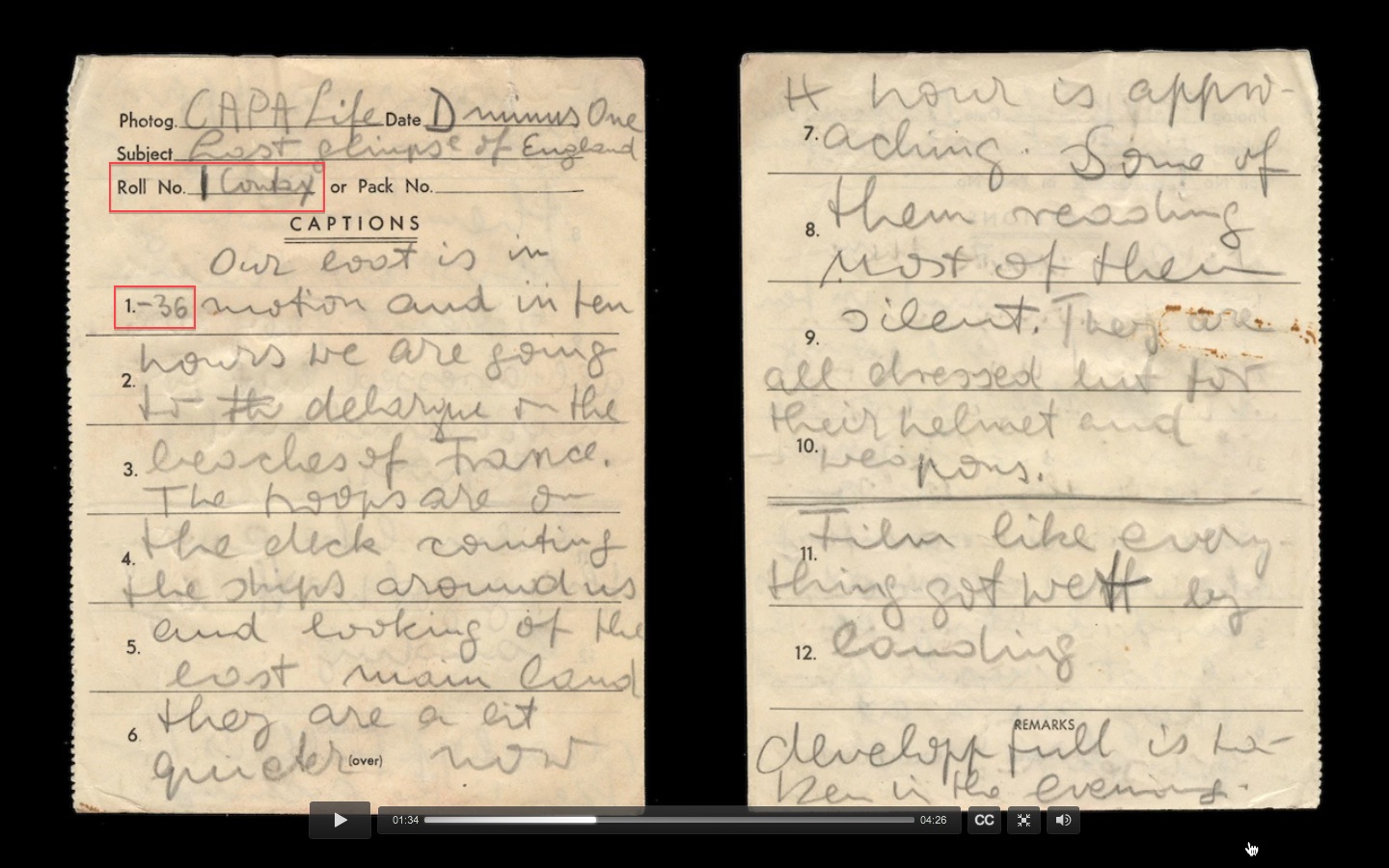
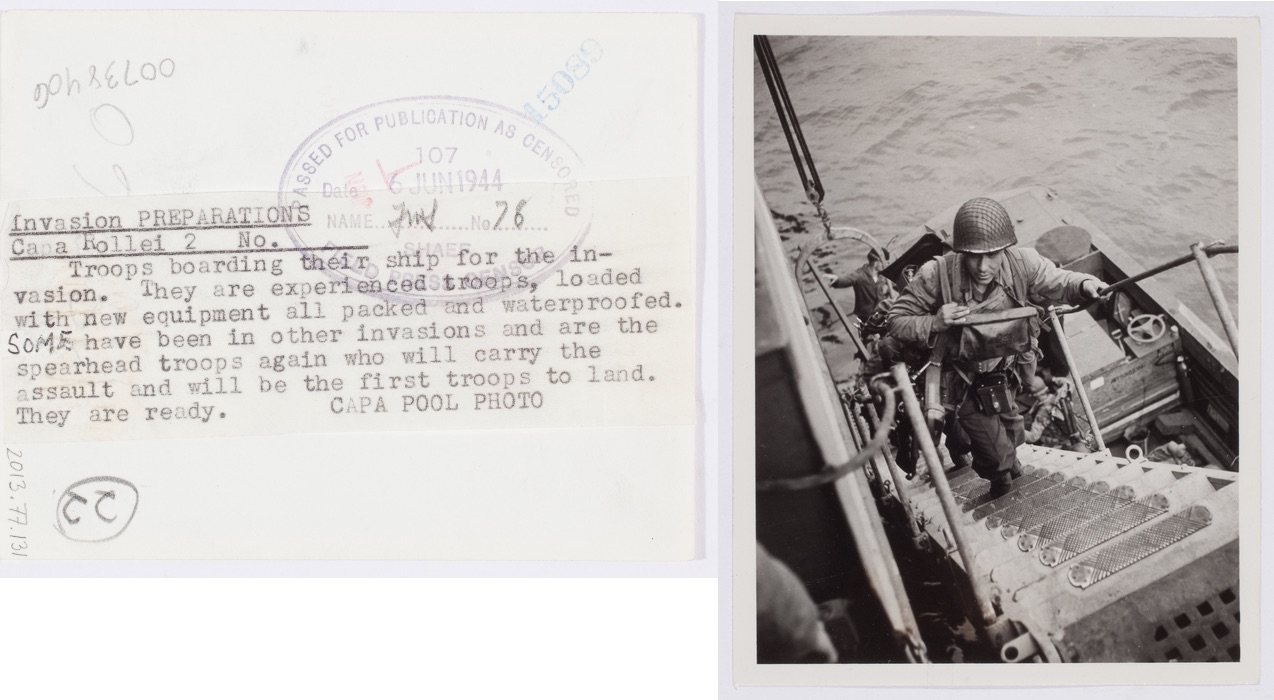




Leave a Comment